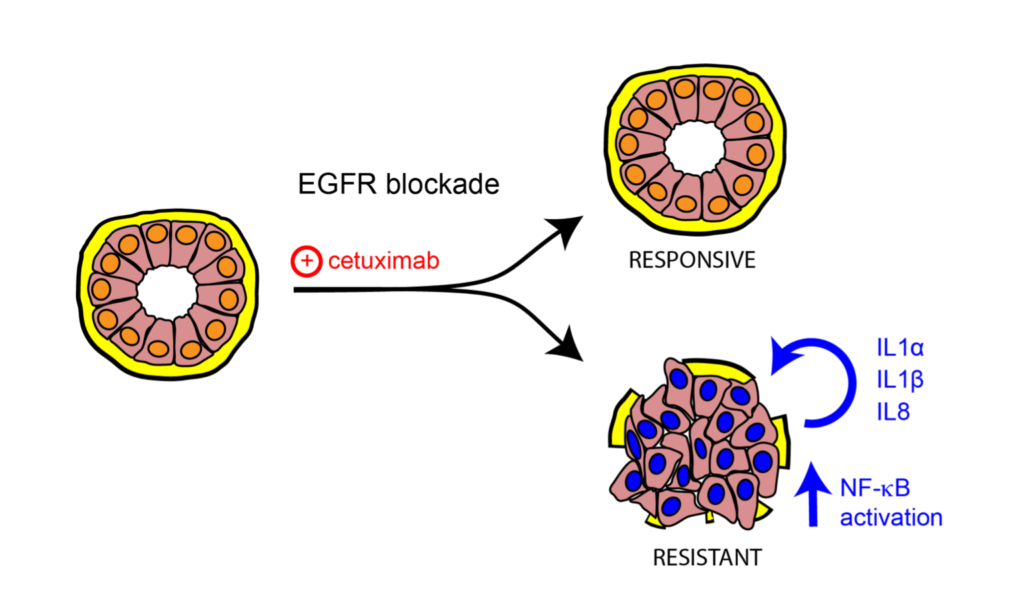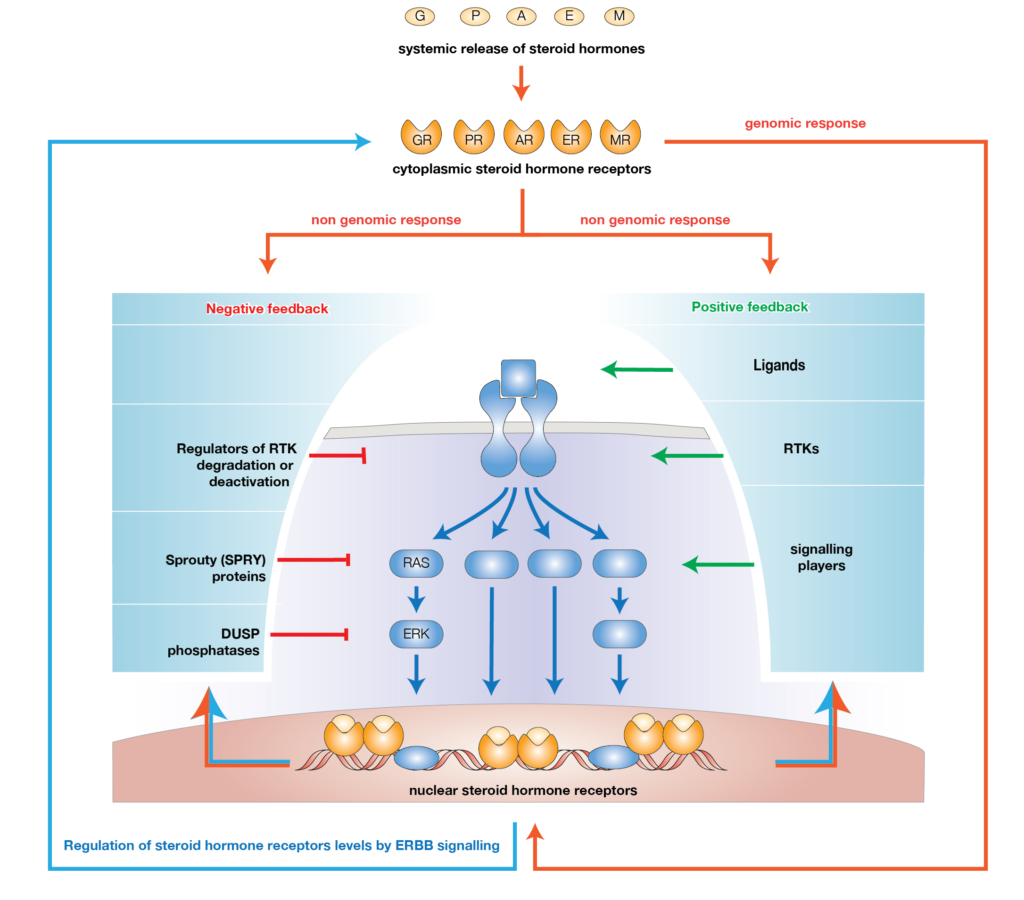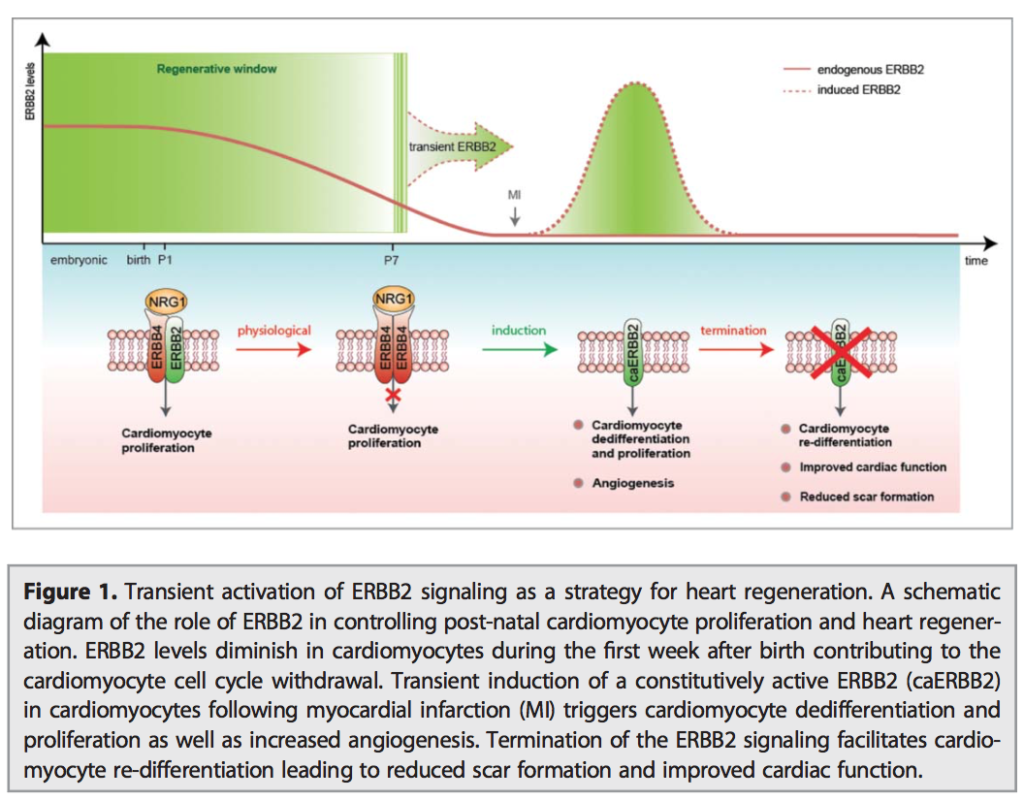We are thrilled to announce our latest publication in Cell Reports! Our research indicates that a decrease in the production of growth factors, particularly BMP7, during early postnatal development contributes to the loss of regenerative capacity of the mammalian heart.
We demonstrate that BMP7 supports cardiomyocyte proliferation during the neonatal stage, and its administration boosts cardiomyocyte proliferation in postnatal life, even in adulthood, and especially after myocardial infarction. These findings suggest that BMP7 administration holds promise as a therapeutic approach for heart regeneration. Moreover, our study finds support from the zebrafish model, which naturally regenerates injured hearts. In this regard, inhibiting BMP7 impeded cardiomyocyte regeneration post-cardiac injury, while its induction accelerated the process. We believe our findings pave the way for heart regenerative therapies based on the administration of BMP7.
Congratulations to Chiara Bongiovanni for leading the project, and congratulations to the other lab team members Irene Del Bono, Carmen Miano, Stefano Boriati, Silvia Da Pra, Francesca Sacchi, Francesca Pontis, and Ilaria Petraroia for their help and support in experimental activities. We express our gratitude to collaborators who were instrumental in the success of this project, particularly the research groups led by Eldad Tzahor(Weizmann Institute of Science, Israel), Gilbert Weidinger (University of Ulm, Germany), Stephan Heermann (University of Friburg, Germany), Mattia Lauriola, and Carlo Ventura (University of Bologna, Italy).
Original Article Link (open access): https://dx.doi.org/10.1016/j.celrep.2024.114162
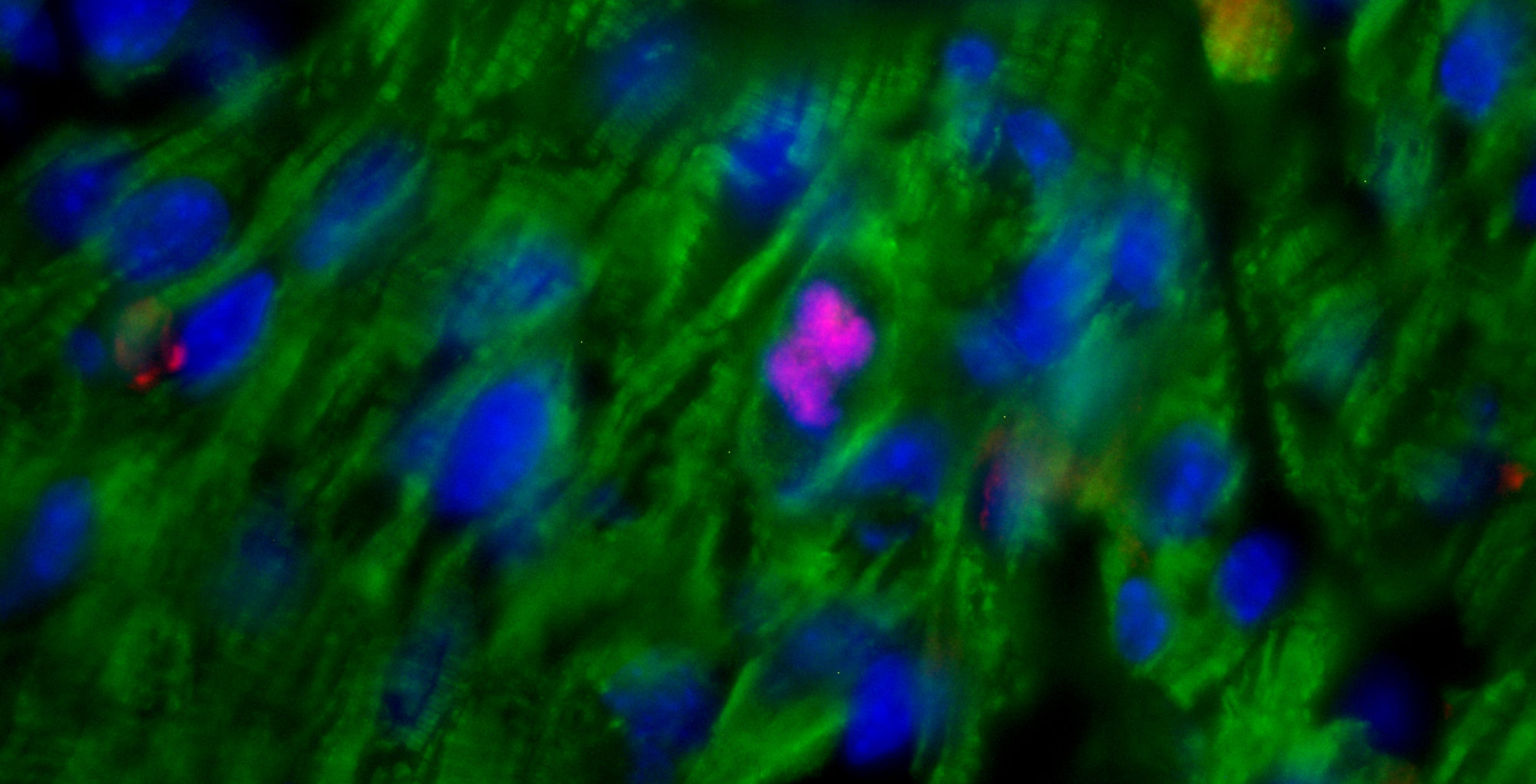
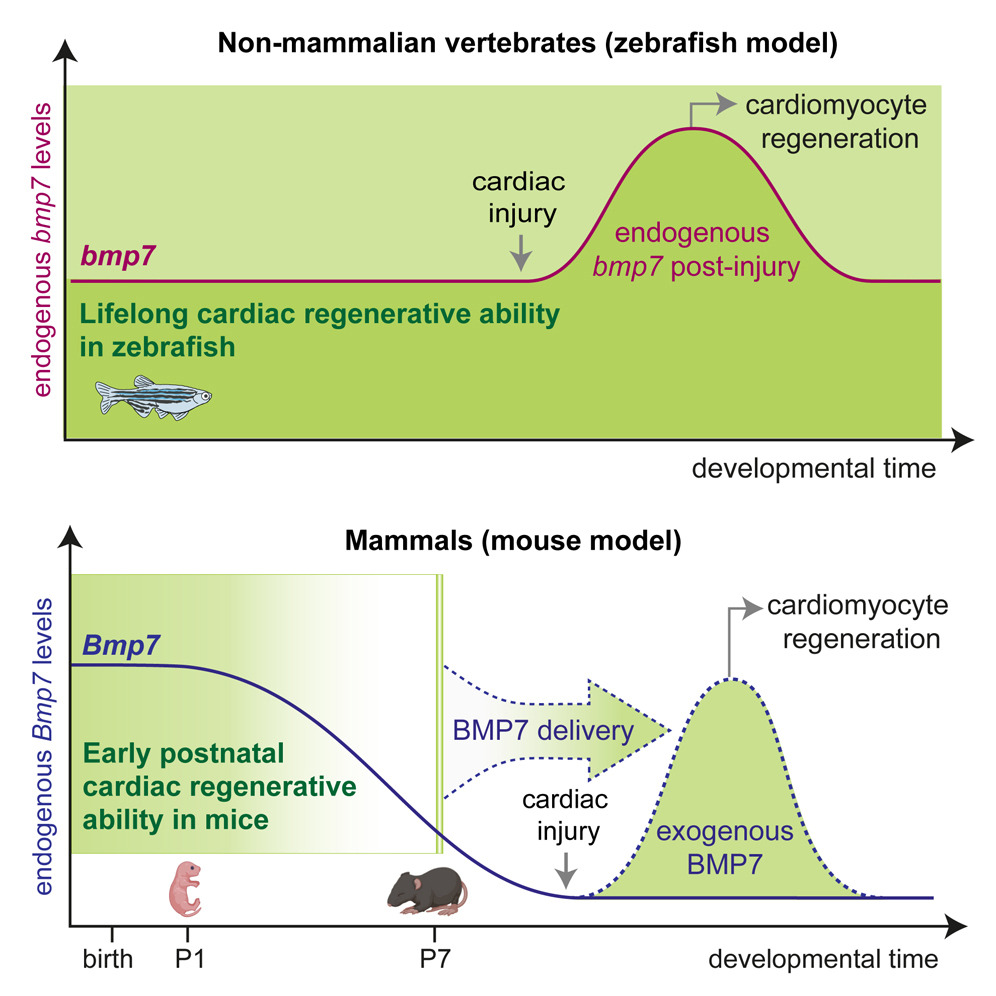
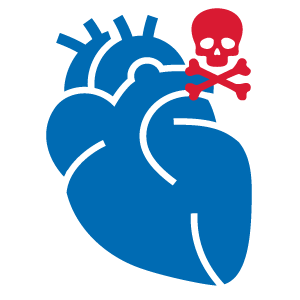
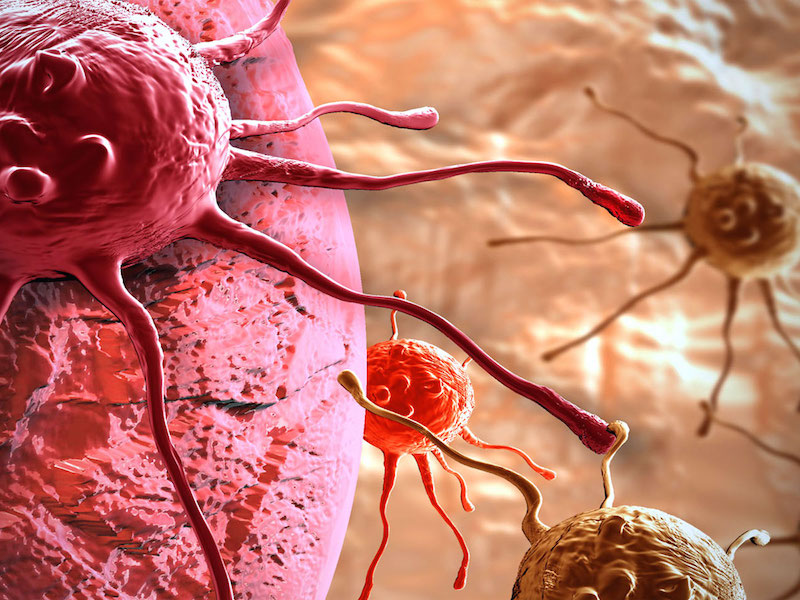
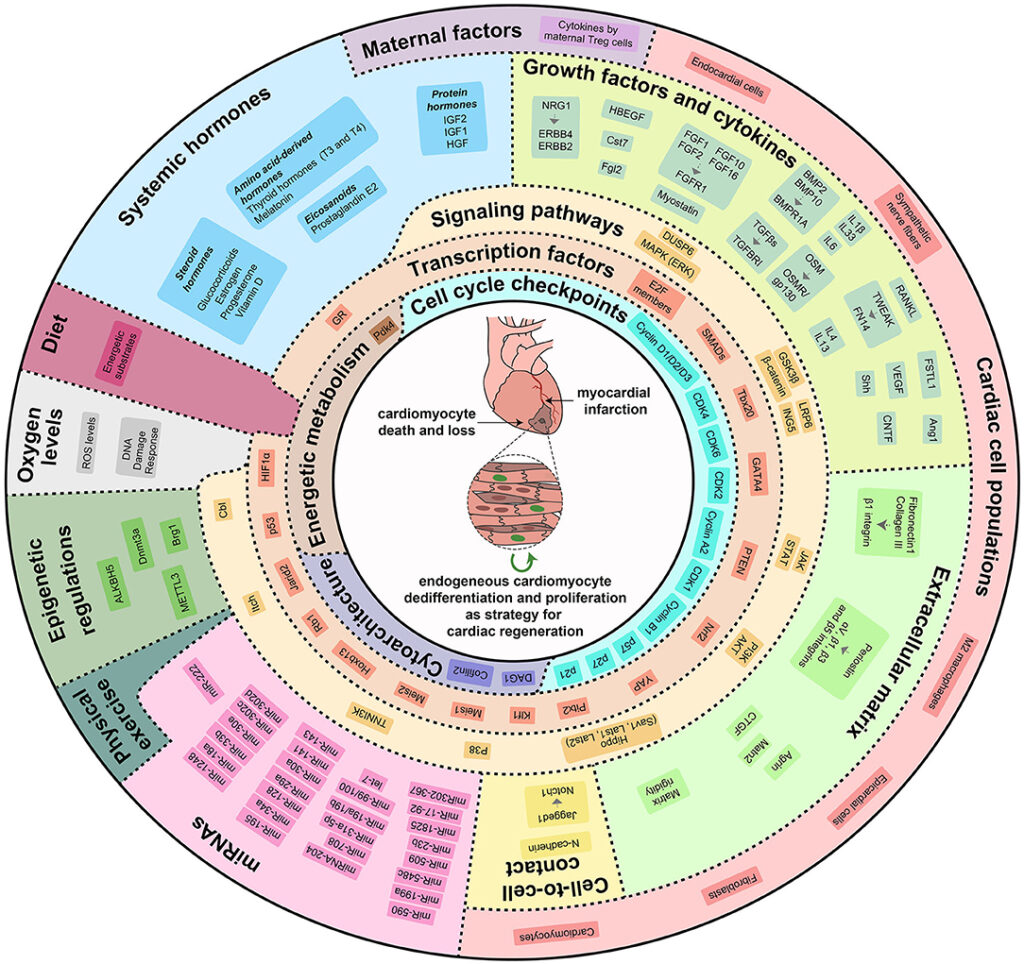

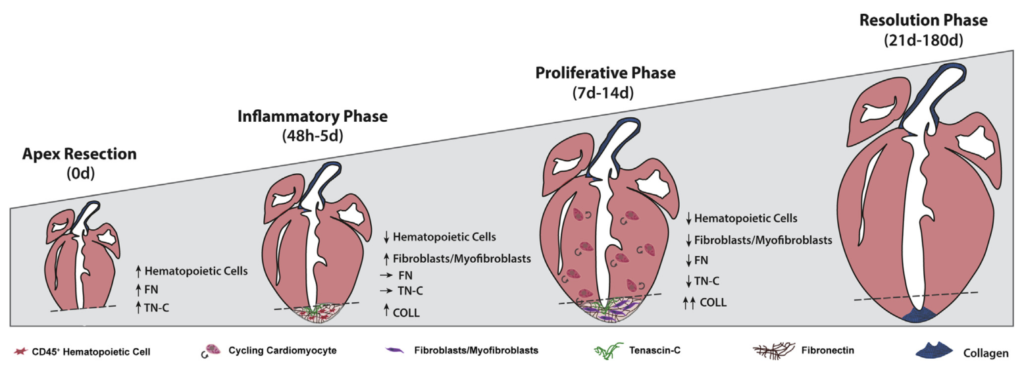
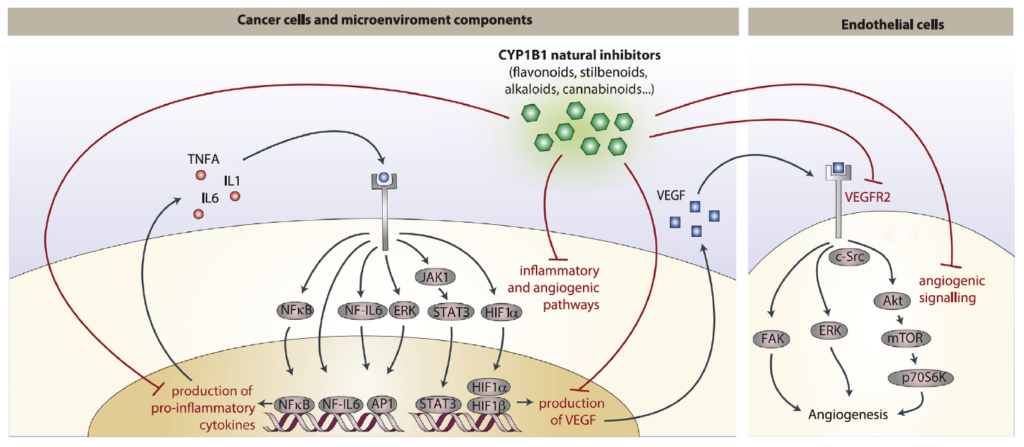 Abstract: Cancer chemoprevention is the use of synthetic, natural or biological agents to prevent or delay the development or progression of malignancies. Intriguingly, many phytochemicals with anti-inflammatory and anti-angiogenic effects, recently proposed as chemoprevention strategies, are inhibitors of Cytochrome P450 family 1B1 (CYP1B1), an enzyme overexpressed in a wide variety of tumors and associated with angiogenesis. In turn, pro-inflammatory cytokines were reported to boost CYP1B1 expression, suggesting a key role of CYP1B1 in a positive loop of inflammatory angiogenesis. Other well-known pro-tumorigenic activities of CYP1B1 rely on metabolic bioactivation of xenobiotics and steroid hormones into their carcinogenic derivatives. In contrast to initial in vitro observations, in vivo studies demonstrated a protecting role against cancer for the other CYP1 family members (CYP1A1 and CYP1A2), suggesting that the specificity of CYP1 family inhibitors should be carefully taken into account for developing potential chemoprevention strategies. Recent studies also proposed a role of CYP1B1 in multiple cell types found within the tumor microenvironment, including fibroblasts, endothelial and immune cells. Overall, our review of the current literature suggests a positive loop between inflammatory cytokines and CYP1B1, which in turn may play a key role in cancer angiogenesis, acting on both cancer cells and the tumor microenvironment. Strategies aiming at specific CYP1B1 inhibition in multiple cell types may translate into clinical chemoprevention and angioprevention approaches.
Abstract: Cancer chemoprevention is the use of synthetic, natural or biological agents to prevent or delay the development or progression of malignancies. Intriguingly, many phytochemicals with anti-inflammatory and anti-angiogenic effects, recently proposed as chemoprevention strategies, are inhibitors of Cytochrome P450 family 1B1 (CYP1B1), an enzyme overexpressed in a wide variety of tumors and associated with angiogenesis. In turn, pro-inflammatory cytokines were reported to boost CYP1B1 expression, suggesting a key role of CYP1B1 in a positive loop of inflammatory angiogenesis. Other well-known pro-tumorigenic activities of CYP1B1 rely on metabolic bioactivation of xenobiotics and steroid hormones into their carcinogenic derivatives. In contrast to initial in vitro observations, in vivo studies demonstrated a protecting role against cancer for the other CYP1 family members (CYP1A1 and CYP1A2), suggesting that the specificity of CYP1 family inhibitors should be carefully taken into account for developing potential chemoprevention strategies. Recent studies also proposed a role of CYP1B1 in multiple cell types found within the tumor microenvironment, including fibroblasts, endothelial and immune cells. Overall, our review of the current literature suggests a positive loop between inflammatory cytokines and CYP1B1, which in turn may play a key role in cancer angiogenesis, acting on both cancer cells and the tumor microenvironment. Strategies aiming at specific CYP1B1 inhibition in multiple cell types may translate into clinical chemoprevention and angioprevention approaches.